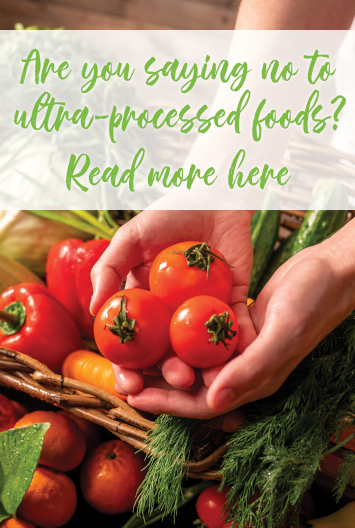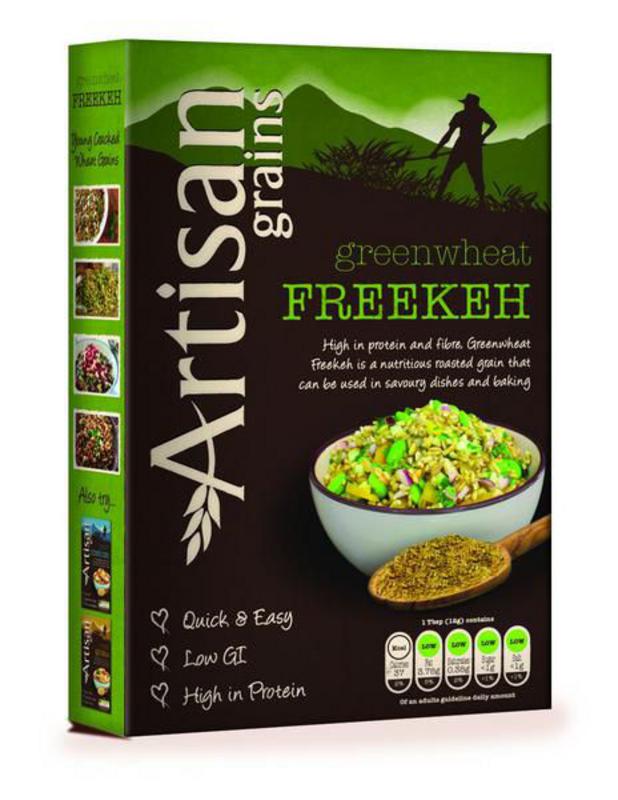Rated excellent by our customers


How Do I Cook Freekeh
 What is Freekeh?
What is Freekeh?
Freekeh is a cereal grain, it is a green wheat that is roasted after harvest. It's so ancient there's a recipe to prepare it in the Bible (Leviticus Chapter 2). Traditionally, Freekeh was picked whilst still green and young wheat stalks and then smoked to dry it out. Then it was ground. These days it's a similar process although often not smoked in the fields but roasted in a factory! As it is picked early it retains the nutritional content that wheat plants have in their early growth. It is low on the glycaemic index as its energy is released slowly. Freekeh has good levels of protein, fibre and resistant starch, all things that help keep you healthy and can be useful if you're trying to reduce calories. This is because the resistant starch can give you a 'feeling of satiety' (otherwise known as feeling full up), very helpful when you're trying to keep calories down but morale high! Freekeh acts as a prebiotic, helping to fuel the growth of healthy (good) bacteria in the digestive tract - important for bowel health and immune function. it is a rich source of lutein and zeaxanthin (carotenoids known to support eye health) and is also rich in calcium, iron, and zinc.
How do I prepare Freekeh
It depends on whether you've bought cracked or wholegrain freekeh. For wholegrain freekeh, you'll need 3 cups of water for every cup of freekeh, rinse, then cook at a roiling boil for about 35 minutes, the grain should be a chewy texture. Wholegrain freekeh is great tossed with honey or syrup and added to yoghurts or parfaits.
Cracked freekeh needs 2 and a 1/2 cups of water for every cup of cracked freekeh. Simply rinse and cook for 15 - 20 minutes on a rolling boil. Cracked freekeh is great in tabbouleh. You can use it as a substitute for barley, bulghar wheat, rice or cous cous. That's how versatile it is! Brilliant in salads, risottos, pilafs and stews.
Real Foods How To Cook Guides
By Kim Betney